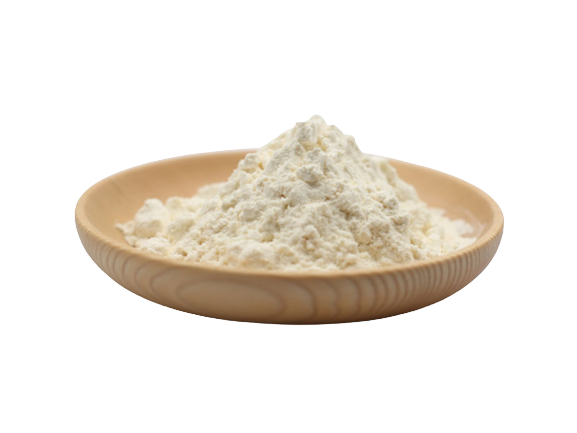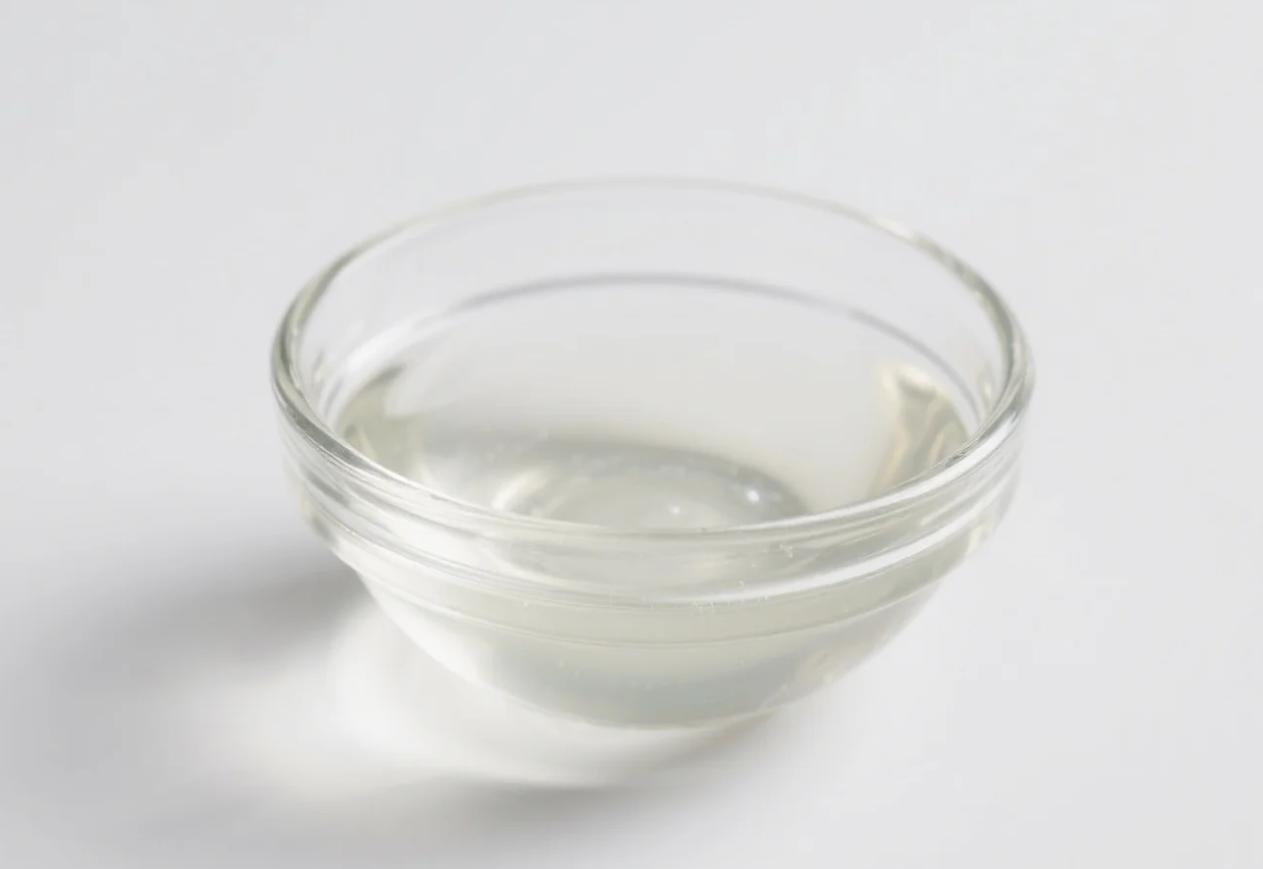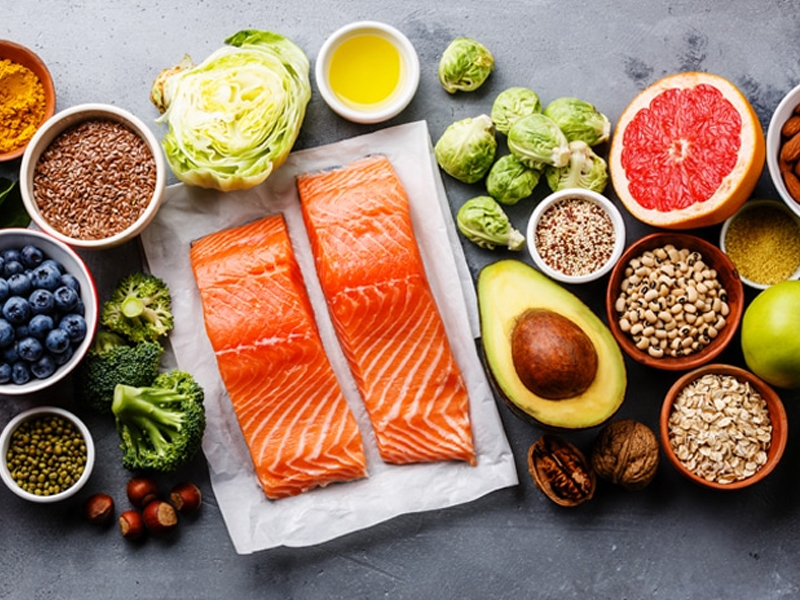While organic crystalline fructose and organic fructose syrup are marketed as “natural sweeteners,” their high fructose concentration isn’t for everyone. Despite being derived from non-GMO fruits or agave, these sweeteners still carry risks for certain groups. Let’s unpack who should steer clear and why even organic fructose demands caution.
Fructose 101: The Liver’s Burden
Fructose, unlike glucose, is metabolized almost entirely in the liver. Overconsumption can lead to:
- Fatty liver disease (hepatic lipogenesis)
- Insulin resistance (via uric acid production)
- Leptin disruption (promotes overeating)
Organic ≠ Risk-Free: While organic versions avoid pesticides, they’re still 90–99% pure fructose—far higher than whole fruit’s balanced fructose/glucose/fiber mix.
6 Groups Who Should Avoid Fructose Sweeteners
1. Fatty Liver (NAFLD/NASH) Patients
Fructose is a key driver of liver fat accumulation. Even 50g/day (5 tsp) worsens liver enzymes in 80% of cases (Hepatology, 2023).
2. Insulin-Resistant or Diabetic Individuals
Fructose reduces insulin sensitivity 3x faster than glucose (Diabetes Care, 2022). Opt for low-GI sweeteners like monk fruit instead.
3. Gout Sufferers
Fructose raises uric acid by 15–25%, triggering flare-ups. Organic agave syrup (85% fructose) is especially risky.
4. IBS/IBD Patients
Unabsorbed fructose ferments in the gut, causing gas, bloating, and diarrhea—common in fructose malabsorption (33% of adults).
5. Active Cancer Patients
Cancer cells thrive on fructose due to its unique metabolism (via ketohexokinase). Nature Cancer (2023) links high-fructose diets to faster tumor growth.
6. Children Under 12
Immature livers struggle to process fructose, increasing obesity/NAFLD risk. The AAP advises ≤25g/day added sugars (fructose included).
Organic Fructose vs. Table Sugar: Key Differences
| Factor | Organic Crystalline Fructose | Organic Cane Sugar (Sucrose) |
|---|---|---|
| Fructose Content | 99% | 50% |
| Glycemic Index (GI) | 19 (Low) | 65 (Medium) |
| Metabolism | 100% liver | 50% liver, 50% cellular |
| Safe Daily Limit | ≤15g (3 tsp) | ≤25g (5 tsp) |
When Is Organic Fructose Acceptable?
- Athletes: Post-workout recovery (fructose replenishes liver glycogen faster).
- Hypoglycemia Management: Small doses to rapidly correct low blood sugar.
- Ultra-Low-Carb Baking: Minimal amounts in keto recipes (pair with fiber).
Safer Organic Sweetener Swaps
- For Diabetics: Organic monk fruit + erythritol blends (0 GI, no fructose).
- For Fatty Liver: Organic coconut sugar (70% sucrose, lower fructose burden).
- For IBS: Organic glucose syrup (gentle on fructose-sensitive guts).
Organic crystalline fructose and syrup aren’t inherently “bad”—but their risks outweigh benefits for the above groups. By choosing certified organic, you dodge pesticides but not fructose’s metabolic havoc. Always prioritize whole fruits (with fiber!) over isolated fructose, and consult a functional medicine pro to personalize your sweetener strategy.
Related Products
Organic Fructose
Dual-Format Natural Sweetener for Clean-Label & Low-Glycemic Formulations
Organic Monk Fruit Extract
Zero-Calorie Natural Sweetener for Clean-Label Food, Beverage & Supplement Applications
Organic Glucose Syrup
Natural Sweetener & Functional Ingredient for Food, Beverage & Confectionery




